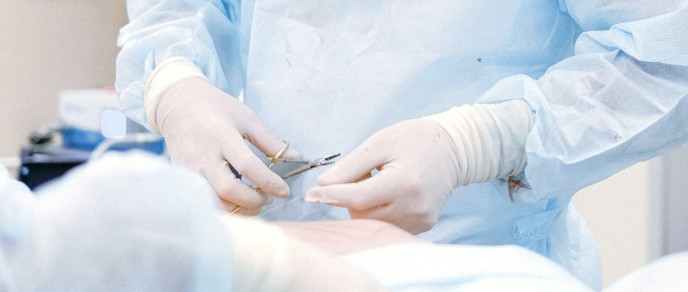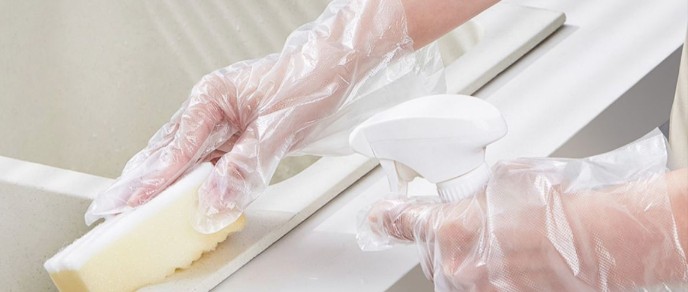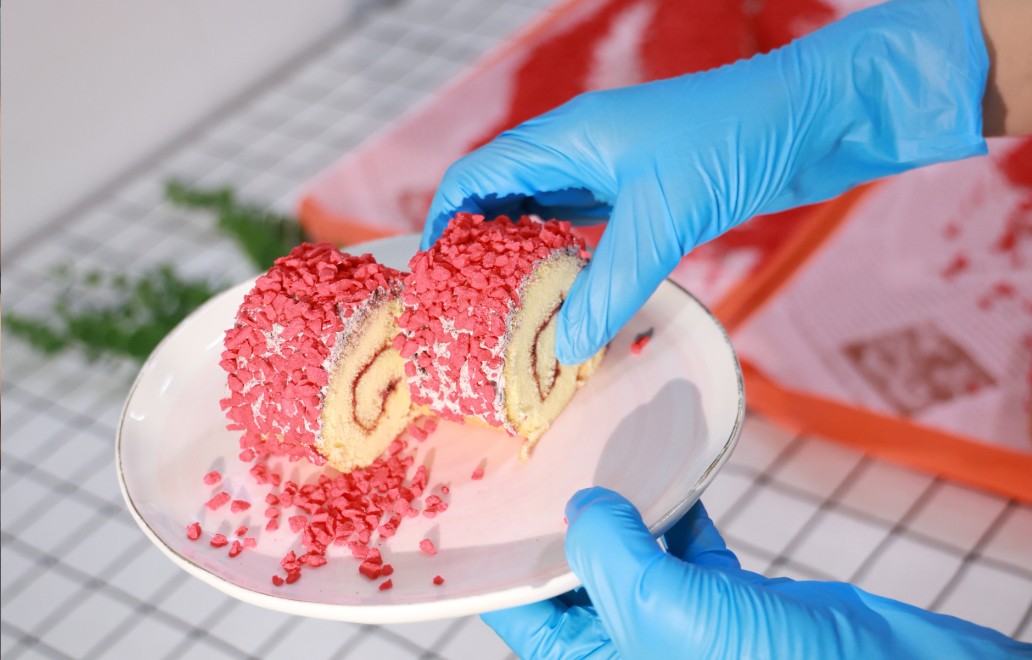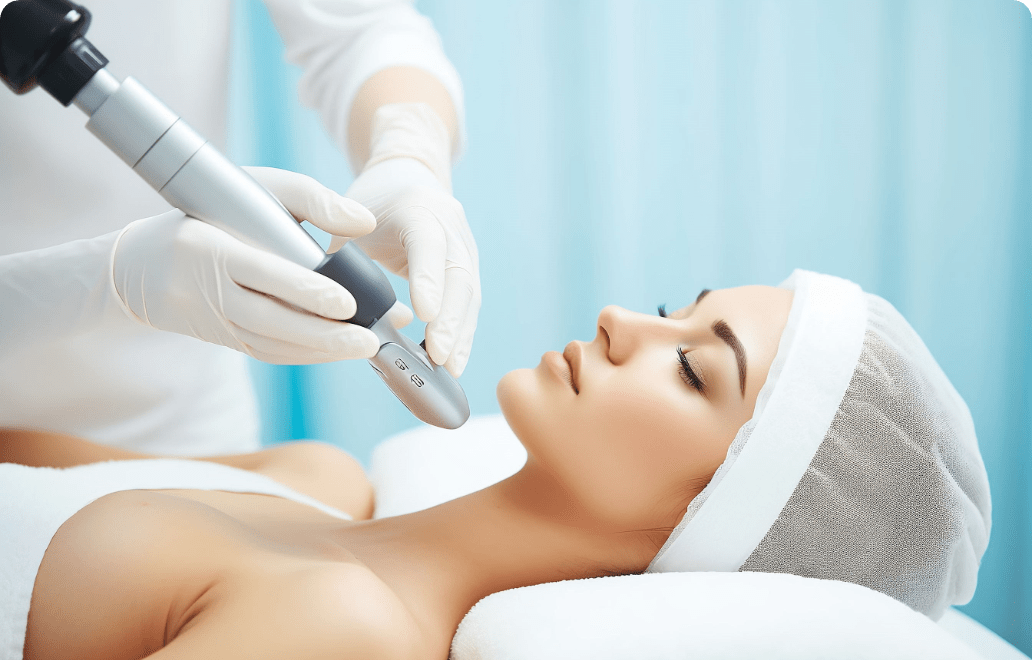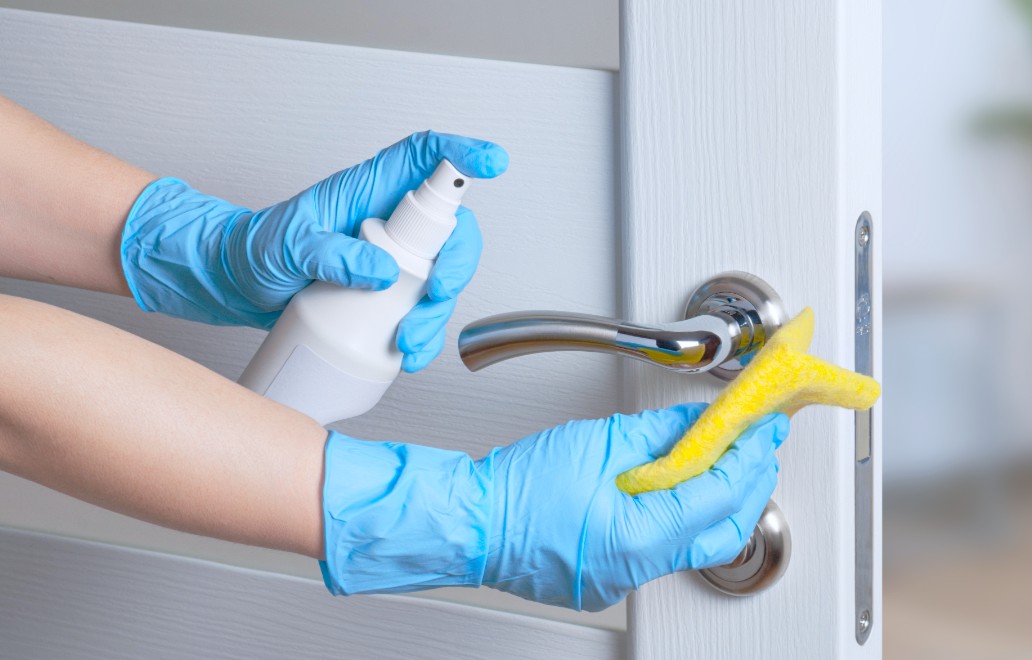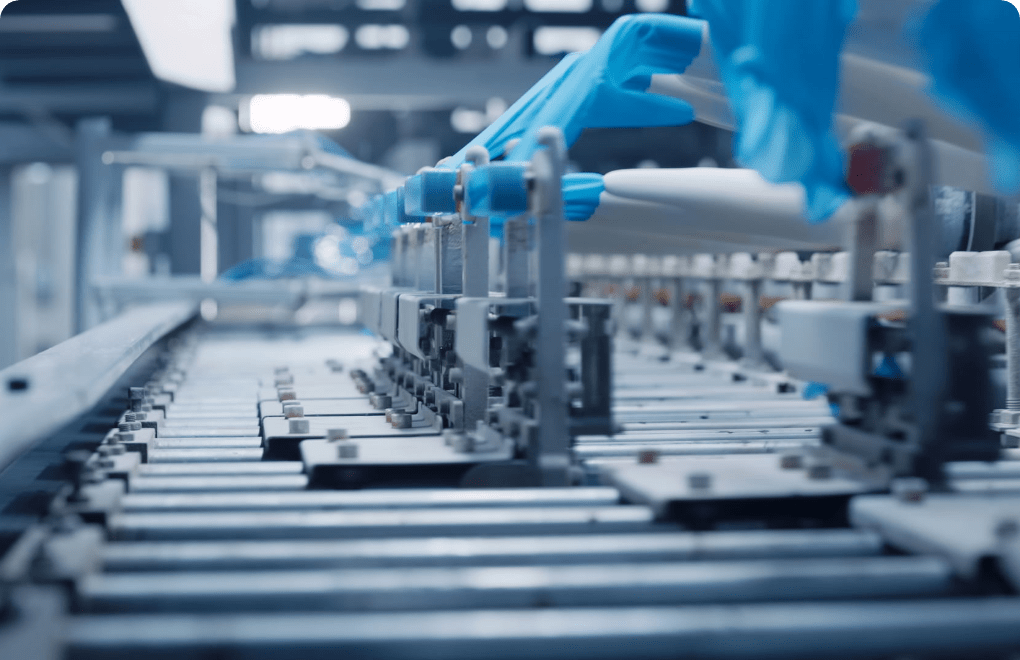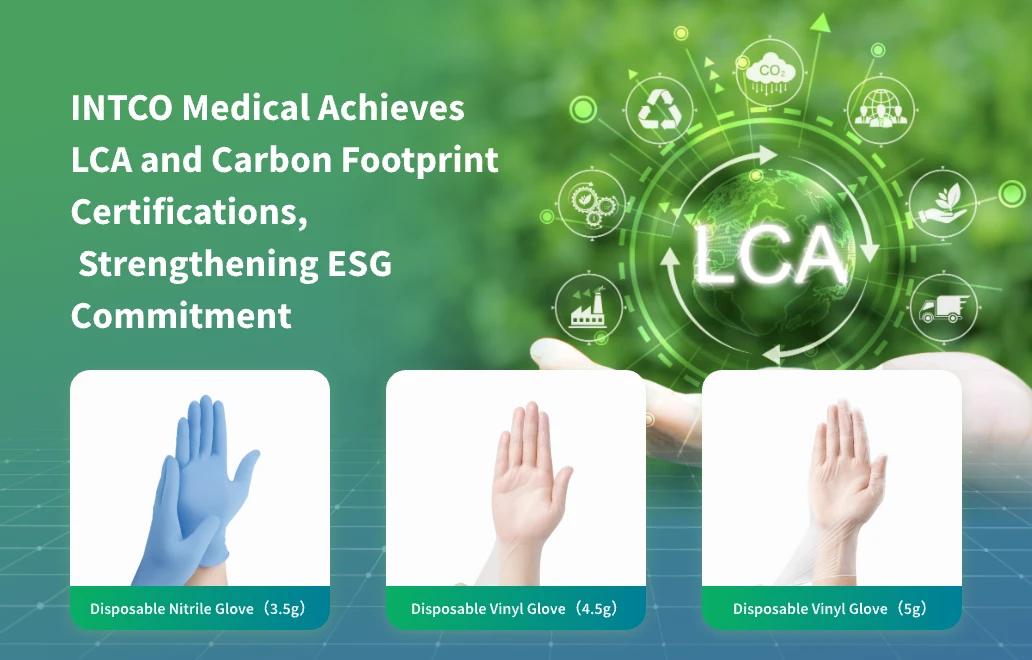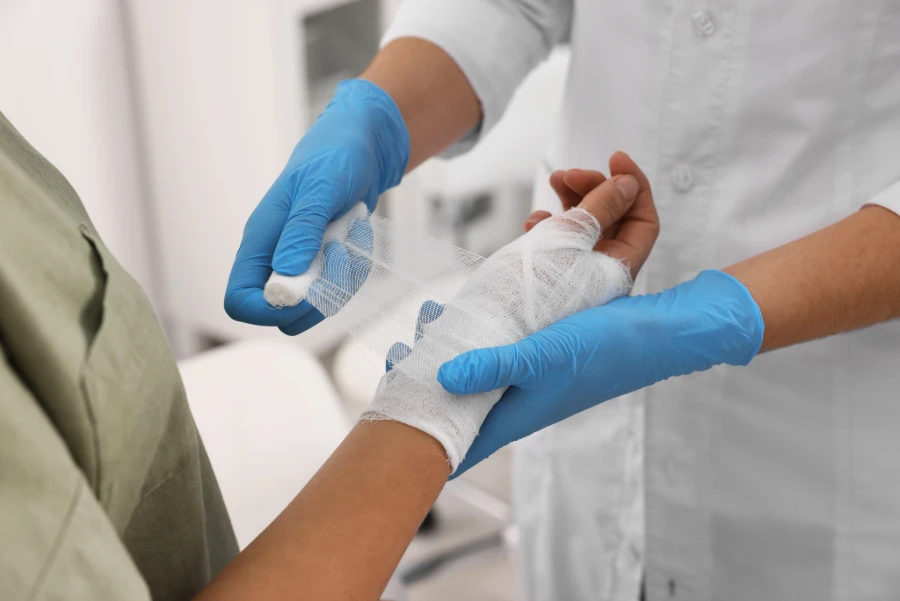Why Commercial Kitchens Prefer Nitrile Gloves for Food Safety
You play a key role in keeping food safe in a busy kitchen. Cross-contamination can happen easily. Raw poultry juices may drip onto salad, or someone might use the same cutting board for meat and vegetables without cleaning it. Unwashed hands or sick workers can also spread germs. When you wear nitrile gloves for food handling, you create a barrier that helps stop these risks. Make sure you wash your hands before putting on gloves and change them between tasks. This habit protects both the food and your customers.
Benefits
Barrier Protection
You need good protection when you handle food. Food-safe nitrile gloves make a strong shield between your hands and the food. These gloves help stop germs from spreading. Studies show that nitrile gloves lower the risk of bacteria like Listeria moving to food. They work better than vinyl gloves. Using nitrile cooking gloves helps prevent cross-contamination. Always wash your hands before you put on gloves. Clean hands and gloves together give the best safety. INTCO has colour-coded gloves, so you can pick a colour for each step. This makes it easy to spot mistakes and keeps allergens and germs from spreading. Blue gloves are easy to see if they get into food, which helps with safety and quality checks.
Chemical Resistance
In a busy kitchen, you use many foods and cleaners. Nitrile gloves for food handling resist weak acids, oils, greases, and soaps. They protect your hands from raw meats, oils, and sour foods. Nitrile cooking gloves are three to five times stronger than latex gloves. You can work with sharp bones or rough things without worrying about rips. Black gloves for cooking are popular because stains do not show and they look neat. INTCO’s gloves have no powder, so you avoid extra mess. You can trust these gloves to keep your hands safe and your food clean.
Tip: Use thicker gloves for tough jobs to get better chemical resistance.
Comfort and Sensitivity
You need gloves that fit well and let you feel what you touch. Food-safe nitrile gloves fit snug and let you feel things easily. This helps you handle soft foods without trouble. Black gloves for cooking are comfy for long hours and do not cause allergies, since they have no latex. INTCO makes their gloves for comfort and safety, so you can focus on your job. Colour choices help you follow food safety rules and keep your kitchen neat. When you use nitrile cooking gloves, you help keep things clean and ensure your work high quality.
• Pick the right colour for each job.
• Change gloves often, especially after touching raw meat or switching tasks.
• Check gloves for rips before you use them.
Nitrile Gloves for Food Handling

Cross-Contamination and Allergen-Free
You want your kitchen to be safe and clean. Nitrile gloves for food handling help by making a strong wall between your hands and food. These gloves stop germs like bacteria and viruses from spreading. When you use food-safe nitrile gloves, you lower the chance of people getting sick from food.
Some people are allergic to latex. Using latex gloves can cause allergies for you or your customers. Nitrile gloves for food handling do not have latex. They do not have natural rubber latex proteins. This keeps everyone in the kitchen safe from allergies. Studies show that using nitrile gloves for food handling instead of latex gloves means fewer allergy problems. One study found that using powder-free or latex-free gloves made allergy rates drop from 10% to 3%. You can trust food-safe nitrile gloves to make your kitchen safer for all.
INTCO has nitrile cooking gloves in many colours. You can use blue gloves for raw meat. Black gloves for cooking are good for ready-to-eat foods. Use another colour for vegetables. This colour system helps stop cross-contamination. If a glove rips, you can see it fast, especially with a blue or black glove, while cooking. This makes it easier to keep food safe and your kitchen clean.
Tip: Always change your nitrile gloves for food handling when you switch jobs or see a tear. This simple step stops germs from spreading.
Comparison with vinyl gloves and PE gloves
You have many types of disposable gloves to pick from. Nitrile gloves for food handling are stronger and safer than vinyl or PE gloves. Here is a table to show the differences:
|
Glove Type |
Durability / Failure Rate |
Food Safety Considerations |
Recommended Use |
|---|---|---|---|
|
Vinyl |
Let bacteria and viruses through; tears easily |
Not recommended for food safety |
|
|
Nitrile |
Strong, low failure rate |
Best barrier protection; reduces contamination |
Best for food prep and safety |
|
Polyethylene |
Low durability, loose fit |
Food safe but not strong; for short-term use |
Good for light, quick tasks |
Vinyl gloves often tear or get tiny holes you cannot see. These holes let germs get through and can cause cross-contamination. Studies show vinyl gloves fail about half the time. Polyethylene gloves are cheaper, but they do not last long and fit loosely. You might use them for quick jobs, but they do not protect as well as nitrile cooking gloves.
• Nitrile cooking gloves last longer and protect better than vinyl or PE gloves.
• You can use different colours to keep your kitchen safe and organised.
• Black gloves for cooking look professional and help with quality checks.
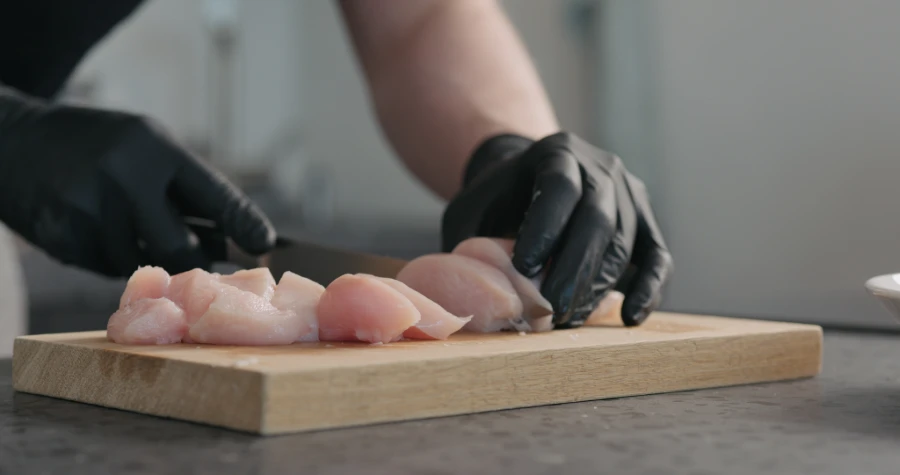
Compliance
Food Safety Standards
You want to keep your kitchen safe and your food clean. Using gloves that meet food safety standards helps you do this. INTCO food processing gloves follow strict rules set by the United States. These rules protect you, your team, and your customers from harm.
• OSHA requires you to use gloves that protect against cuts, burns, and chemicals.
• ASTM sets standards for gloves used in food service, like ASTM D7329. This standard checks if gloves are safe for food handling.
• The Federal Trade Commission (FTC) has rules about labelling gloves. Labels must show what the gloves are made of and where they come from.
• In California, Proposition 65 makes sure gloves do not have too much lead or other harmful chemicals.
When you use gloves that meet these standards, you lower the risk of food recalls. You also help prevent foodborne illnesses. INTCO food processing gloves give you peace of mind because they pass these important tests.
Tip: Always check that your gloves meet local and national safety standards before using them in your kitchen.
FDA Approval
You need to trust the gloves you use every day. The FDA checks if gloves are safe for food contact. INTCO food processing gloves meet FDA requirements. This means you can use them with all types of food, including raw meat, vegetables, and ready-to-eat items.
FDA-approved gloves do not have harmful chemicals that could get into your food. They also do not break down when you use them with oils, acids, or cleaning products. When you choose FDA-approved gloves, you show your customers that you care about their safety.
If you use gloves that do not meet these rules, you risk food recalls and customer complaints. You also risk fines from health inspectors. INTCO food processing gloves help you avoid these problems. You can focus on making great food, knowing your gloves are safe and approved.
Note: Always keep proof that your gloves are FDA-approved. This helps you pass inspections and keeps your kitchen running smoothly.
You want the best protection for your kitchen. Nitrile gloves for food handling help you stop cross-contamination and meet strict food safety rules. Many kitchens make mistakes like wearing gloves too long or forgetting to wash their hands before use. You can avoid these risks by changing gloves often and picking the right size. Demand for nitrile gloves keeps rising as more countries set higher hygiene standards. Choose trusted brands like INTCO to keep your food safe and your team protected.





